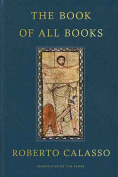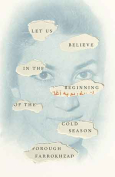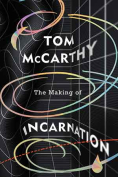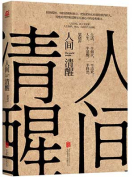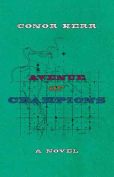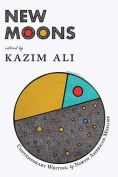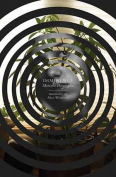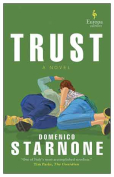The Cat Who Saved Books by Sosuke Natsukawa
 New York. HarperVia. 2021. 208 pages.
New York. HarperVia. 2021. 208 pages.
SOSUKE NATSUKAWA’S lighthearted fantasy is a simple tale about a talking cat who challenges a bereaved teenager in Japan to find self-confidence in the midst of grief through an allegory about books. High school student Rintaro Natsuki inherits “a tiny secondhand bookshop on the edge of town” from his deceased grandpa, with whom he’s lived since his mother died and his father left.
Rintaro’s aunt arrives to settle the grandfather’s estate and take Rintaro back with her to a distant city. The reticent teen stops going to school. Closing Natsuki Books and packing become handy excuses. Fellow student Ryota Akiba comes by to say people at school are concerned. Class president Sayo Yuzuki brings Rintaro’s homework. And then, in marches Tiger, a talkative tabby with piercing green eyes.
“You’re a cat!” stammers Rintaro.
“Got a problem with that?” replies the sassy feline.
Seeking Rintaro’s help liberating imprisoned books, the bold kitty whisks him straight through the bookshop’s back wall into a labyrinth. As Stephen King noted in On Writing: “Books are a uniquely portable magic.”
A kimono-clad woman ushers the duo through a mansion to a huge room with new books padlocked in cases. A tall man sits reading, irritated by the interruption.
“You don’t love books,” Rintaro challenges, “or you wouldn’t lock them up.”
The man says he has to put a volume somewhere when he finishes, adding: “Who does society value more—the man who reads the same book ten times, or the one who reads ten books once each?” Rintaro and Tiger return to the bookshop pondering.
When Sayo discovers she can see Tiger, she joins them in a second labyrinth, the Institute of Reading Research. Here reading is streamlined via synopsis so busy people can read faster. The three doubt the speed-reading method, noticing that zombies working there all think alike.
The third journey scrutinizes bookstores. A publisher atop a skyscraper prints many quick-selling titles, enabling profits to publish more drivel. Rintaro asserts books are made to be read.
“You are so naïve,” the publisher replies. “Sales are everything,” he avers, leading to a discussion of “the books you value and the ones that the rest of society wants.” Sayo, noticing Rintaro’s growing self-confidence, draws closer to him.
Tiger reappears for a final surreal task—rescuing Sayo after she’s kidnapped. Rintaro encounters a two-thousand-year-old woman with three video screens displaying effects of his earlier labyrinth actions.
“I’m showing you the gap between idealism and reality,” she says.
Rintaro’s grandfather had told him, “Thoughts alone can’t save the world,” because books have tremendous power to teach us empathy.
Carlos Ruiz Zafón’s Cemetery of Forgotten Books series centered on bibliophilia involving a ten-year-old boy living with his father above a bookstore. “Books are mirrors,” Ruiz Zafón wrote in The Shadow of the Wind, as “you only see in them what you already have inside you.” Natsukawa effectively employs Ruiz Zafón’s sentiment. Each tale stands alone, merging together into an imaginative storyline.
Natsukawa subtly suggests virtual reality with Rintaro’s habit of touching the sides of his glasses. The entire book could be considered a metaphorical video game in print.
While the publishing world is not the meatpacking industry Upton Sinclair dissected in The Jungle, the way Sosuke Natsukawa takes on the book business has definite parallels. Certainly, it strengthens the role of nonprofit independent publishers. Natsukawa’s dreamlike parable about the printed word could be a caveat to both publishers and readers.
Then again, perhaps The Cat Who Saved Books is merely a thought experiment à la Erwin Schrödinger: could a book be both read and unread at the same time?
Lanie Tankard
Austin, Texa
When you buy a book using our Bookshop Affiliate link, WLT receives a commission. Thank you for your support!




